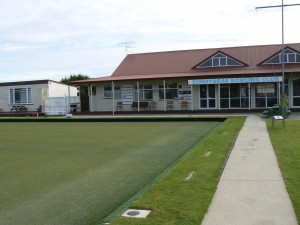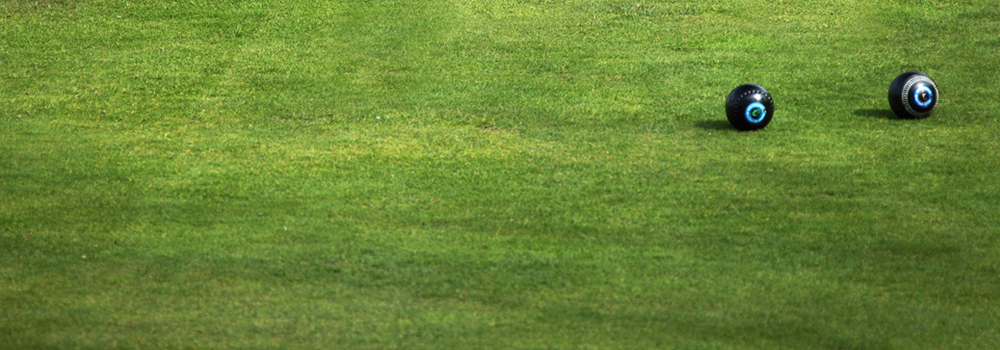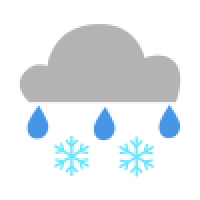
Recent winters have been variable and unpredictable; however, it remains clear that a keen eye on forecasts and advanced preparation for either mild and wet, or cold and dry periods will pay agronomic dividends.
Key Tasks for December

- Maintain a winter cut height of 10-12mm
- Inspection and maintenance of machinery and irrigation equipment
- Aeration should be continued throughout the winter when conditions allow; regular use of a sarrel roller will be beneficial in keeping the surface open
- Check for disease and pests, seek advice if necessary
- Frequent surface and deep soil aeration
- clean up any leaf debris
There is no such thing as putting the green to bed and forgetting about it until the spring. The following activities are usually carried out, when conditions allow.
Mowing the sward, preparing surfaces for renovation. It is important to keep the sward cut (topped) at between 10-12mm.
Scarification, removal of unwanted debris. With most of the autumn leaves fallen, it is time to clear them from the green and perimeter ditches. Ditch infill materials also need regular cleaning and levelling. Clubs use an array of ditch infill materials, ranging from sand, bark, corks, rubber mats and rubber crumb. Moss, algae and weed material can soon build up in poorly maintained ditches.
Aeration/brushing. Carry out regular aeration. It is also a good month to get some deep aeration done to the green, with the aim to get below 100mm and, if possible, down to 300mm to alleviate any deep compaction.
Topdressing. Spreading can be achieved by several methods, utilising pedestrian or ride-on, disc or drop action top spreaders, or by hand using a shovel and a barrow. Best carried out in dry weather.
Overseeding. It is important to ensure a good groove or hole is made to receive the seed; good seed to soil contact is essential for seed germination. Good moisture and soil temperatures will see the seed germinate between 7-14 days.
Fertilising. A dose of liquid iron would not go amiss, this helps harden the grass plant and maintain some colour.
Brushing. Regularly brush to keep the surface clean and open to the elements.
Watering/Irrigation. Temperatures are likely to plummet in the next few weeks, bringing the likelihood of heavy frosts so, to prevent any damage to irrigation systems, it is important these are drained down.




As long as ground conditions are suitable aeration in any form is key to maintaining surface drainage and soil respiration.
As temperatures reduce and moisture is present on the leaf for longer, Microdochium patch is still likely to be virulent; the window for systemic fungicides has likely passed with products containing a contact mode of action proving to be the most suitable method of control. Users should be aware that correct and high quality application is vital for the success of any spray operation. This is especially so with a contact fungicide where the idea is to effectively coat the leaf in a protective ‘jacket’ of the substance which will ward of disease attack. Ensuring sprayers are well calibrated, label recommendations are adhered to, nozzles are appropriate and in good condition are all factors crucial to success as 10-20% of spraying efficacy is down to spray quality. Nozzles should be replaced annually and when the cost of a set of nozzles is set against the cost of a fungicide, the final 10-20% of efficacy more than pays for them.
Turf managers should maintain good cultural methods of control for disease with timely removal of morning dews – to reduce periods of leaf blade wetness – and the considered use of liquid irons, phosphite and calcium – routinely applied to provide the plant with its own defences – all forming the backbone of an holistic approach to responsible Integrated Turf Management (ITM) .
Finally, maintaining oneself and team is equally important throughout periods of inclement weather, and investment in good clothing helps to maintain comfort, morale and productivity.
Earthworms may be a problem, so regular dragbrushing will be necessary. Brushing can be daily when conditions are right. Regular aeration to keep the surface open will aid drying. Applications of Carbendazim will continue to be required to areas which are subject to high levels of worm activity. Controlling the casting will also make a significant contribution to reducing greasy and smearing surfaces which helps to prevent turf wear.
The three disease factors: susceptible grass/host, pathogen, and environment, provide the evidence for disease diagnosis. Symptoms are the expression of the susceptible grass to the disease and can take on a variety of forms.
Symptoms may appear on the leaves as small, circular, tan-coloured lesions surrounded by brown or purple borders (leaf spotting); as yellow, red, or tan blotches over most or all of the leaf blade (blighting); stunting; wilting; or as a brown or black rot on the crowns and roots. The appearance of these symptoms will also vary depending on the type of disease, the severity of the attack and the developing stage of the disease.
The typical types of diseases you may come across are:
- Fusarium
- Red Thread
- Dollar Spot
Please note: More information on these and many others can be found here: https://www.pitchcare.com/useful/diseases.php
It is important to maintain machines by carrying out regular servicing and repairs.
Remember to check the condition of your machinery, and plan to get it repaired/serviced during the winter months.
- Check all moving parts and ensure they are properly greased and topped up with the right recommended lubricants.
- Take stock of what you have in your shed and what condition it is in.
- Take the opportunity to repair and get any equipment serviced.
- Check over all hand held sprayers.

Delegates attending the Bowling Green course and using the accompanying manual will be able to develop their own skills, working knowledge and expertise, by understanding the method of instruction and the maintenance principle it sets out. Included in the Course Manual, there are working diaries showing the range of tasks needed to be accomplished each month.
The Course Manual is available for purchase separately.
In addition, we are able to arrange courses to be delivered on site to groups of 6 – 10 people. Email Chris Johnson for information.
Other Key Tasks
- Repair Structures: Bench seats, scoreboards and any other fittings around the green.
- Many greens are surrounded by fences or hedges; these will need some maintenance; natural hedges may need a prune/cut to keep them tidy and manageable.


